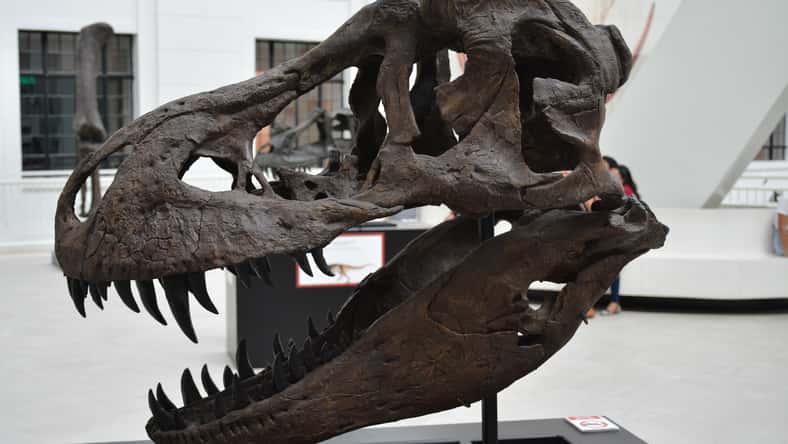
During excavations in southern France, archaeologists unearthed a set of surprisingly well-preserved glassware items.
The dig was conducted by the French National Institute for Preventive Archaeological Research (INRAP) in tombs from the Roman era located along a street called Rue de Beaucaire in the city of Nîmes. The excavations were part of a project to construct public housing.
The colorful glass vases give researchers more insight into the funerary practices that took place during the Roman period. In the first century B.C., the city of Nîmes was established as a Roman colony.
Back then, the settlement was known as Nemausus. It eventually became a major capital and is now home to many Roman remains, most of which are in a remarkable state of preservation.
Nemausus was built on a significant Roman road, Via Domitia, which connected the Italian and Iberian Peninsulas through modern-day France.
The route was important for trade, culture, and the transportation of troops, contributing to the expansion of the Roman Empire. Today, the ancient road is known as Rue de Beaucaire.
Another road was found near Via Domitia, and it is thought to have been created around the end of the second century B.C. The road was almost 50 feet wide and was made up of paving stones.
It showed signs of heavy wear and tear and had been repaired. In the surrounding area, there were multiple burial sites that contained funerary remains. The remains date back between 200 B.C. and A.D. 101.
The archaeologists uncovered some standard burial tombs, but the cremation of human remains was the primary funerary practice.

They also came across several funeral pyres that were used to burn the bodies. The ashes would then be scattered in the bottom of a grave or a vase. Usually, they were accompanied by objects.
The artifacts found within the burials included a tool used for cleaning dirt, oils, and sweat off the body, a lamp, well-preserved glass vases, and other ceramic items.
During this period, lamps, glass vessels, and ceramic vases were typically placed in tombs. The containers may have held perfume or wine. It is possible that some of them were used during feasting ceremonies to honor the departed.
Overall, the glass vases highlight how the Romans regarded funerary rites with great importance.
Sign up for Chip Chick’s newsletter and get stories like this delivered to your inbox.












